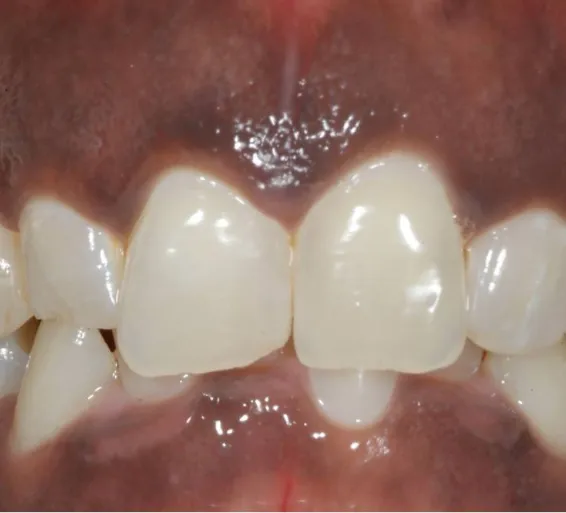WHY CHOOSE DOMINION SMILES FOR YOUR
WHY CHOOSE DOMINION SMILES FOR YOUR
DENTAL GUM PLASTIC SURGERY & PROCEDURES
Oral health is closely related to general health. When it comes to proper dental hygiene for a lifetime of oral health, the doctors at Dominion Smiles take the time to educate each patient. Communication plays a key role in the process. Compassion and comfort are what our practice is built on.
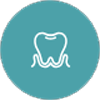
LANAP
Gum Disease Treatment

LAPIP
Treatment for Ailing Implants
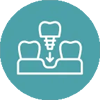
BLAST
Treatment to Safeguard Implants

Laser Gum Whitening
Gum Depigmentation Treatment
How Does LANAP Work?
Conventional surgery requires the lifting of a flap for clear visibility, while LANAP® enables the dentist to thoroughly disinfect the periodontal site even without complete visibility. The laser radiation absorbs, transmits, and reflects, enabling us to effectively eliminate bacteria, diseased tissue, and pathological proteins in those hard-to-reach areas without the use of a flap.
After a probe indicates the pocket depth, and bacteria has been vaporized, an ultra-sonic scaler and hand instruments are used to remove root surface accretions. The laser then finishes debriding the pocket before reattachment of rete ridges to the root surface and a fibrin clot then creates a closed/sealed system.
Why Periodontal Care is Important
According to research findings, individuals with periodontal disease face an elevated risk of developing various other health conditions and diseases, including Alzheimer’s, blood cancers, diabetes, heart attacks, heart disease, kidney cancer, lung cancer, lung disease, obesity, osteoporosis, pancreatic cancer, premature childbirth, stroke, and tongue cancer.
The infection can also lead to the introduction of bacteria into your bloodstream and respiratory system, a weakening of your immune system, and the potential transmission of the infection to your spouse and children.
Who is a Good Candidate for LANAP ?
LANAP is an excellent choice for patients dealing with conditions such as diabetes, heart disease, and hemophilia. This treatment is minimally invasive and allows these individuals to maintain their regular medication regimen during LANAP and LAPIP procedures. It provides a fantastic alternative for patients who have hesitated to seek periodontal care due to concerns about pain, swelling, time away from work, and the aesthetic consequences of traditional pocket reduction methods.
What Can You Expect After LANAP ?
While patients may still encounter minor discomfort, and notice the reduction of gum swelling and bleeding, they will observe an improvement in the appearance and feel of their gum tissue. Unlike traditional surgery, LANAP’s minimally invasive nature means there is no associated recession.
What are the Signs of Moderate-to-Advanced Peri-Implantitis
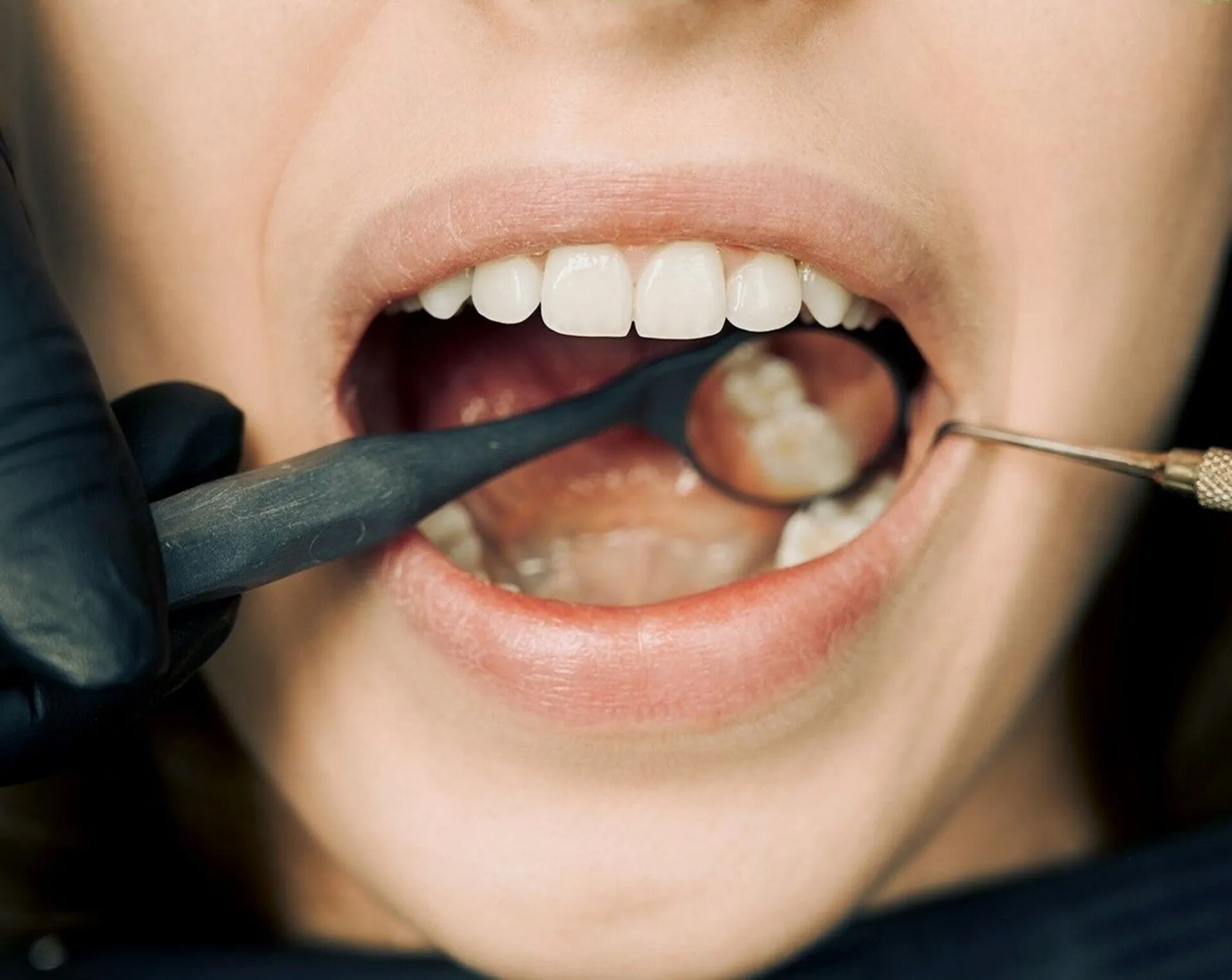
How Does LAPIP Work?
Once the area around your implant is cleaned, the laser is inserted into the infected area around the implant. The laser’s wavelength is configured to eradicate bacteria and stimulate tissue regeneration.
✓ Removes the Diseased Tissue and Harmful Infection
✓ Preserves the Height of the Tissue
✓ Seals the Periodontal Pocket Wound to Facilitate the Healing Process
Who is a Good Candidate for LAPIP ?
Individuals who are experiencing symptoms such as redness, inflammation, gum recession around the implant, or varying degrees of discomfort at the implant site.
Recovery:
What to Expect
The majority of patients can typically return to their regular daily activities, with minor adjustments, on the same or the following day.

Benefits of Laser Gum Whitening
Smile confidently! While ‘dark gums’ typically do not present any health risks, patients undergoing laser gum lightening are seeking to enhance the aesthetic appeal of their smile, aiming for a uniform, pink gum appearance.
✓ Uniform and Lightened Gum Color
✓ Minimal to No Pain — No Cutting or Stitches
✓ Offers a Swift Healing Process with Minimal to No Downtime
✓ Usually a Single-Session Procedure
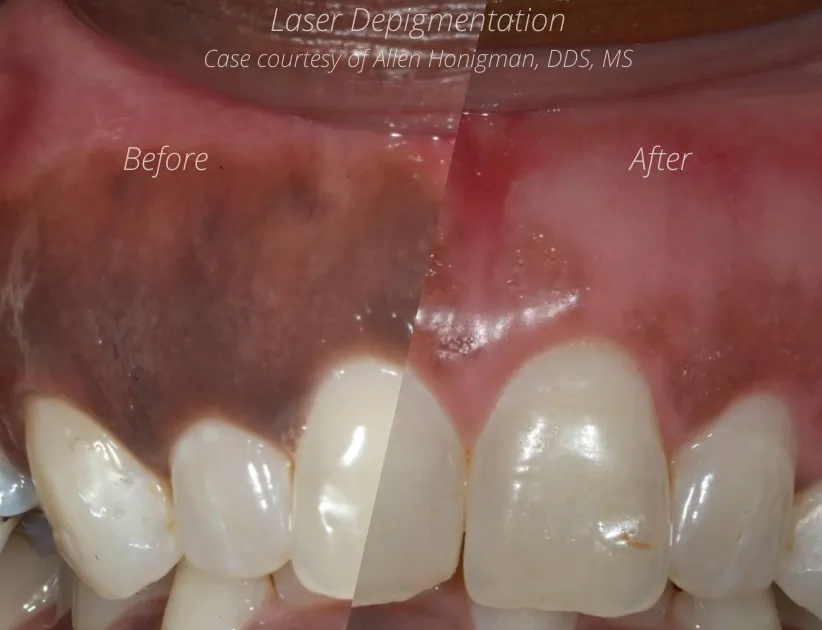
How Does Work?
Throughout the laser gum lightening procedure, the dentist employs an FDA-approved dental laser to eliminate the upper layer of pigment, resulting in pinker gums and a more consistent color.
Who is a Good Candidate for Laser Gum Whitening ?
Benefits of BLAST
✓ Eliminates harmful bacteria in the mouth
✓ Increases the Ability of the Implant to Integrate into the Bone
✓ Diminishing Inflammation in the Gum Tissue Surrounding a Dental Implant
✓ Stimulation of Collagen Production

Who is a Good Candidate for BLAST ?
Patients seeking to safeguard their investment in dental implants, by reducing the risk of eroding the bone that secures the implant.
How Does BLAST Work?
The BLAST procedure consists of two distinct phases — activation and maintenance.




